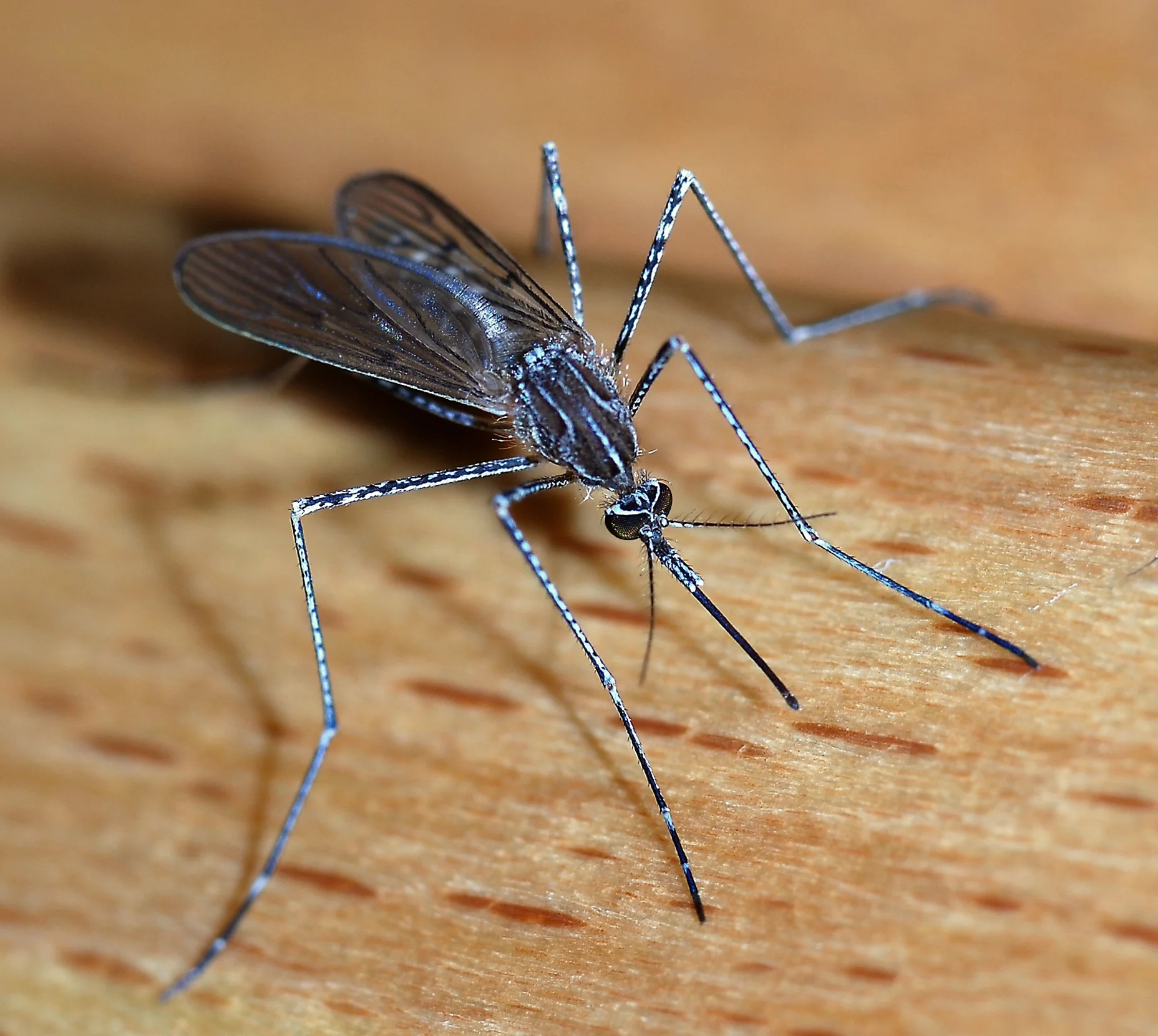As kids, we jumped in piles of leaves that seemed larger than life. As adults, raking leaves into piles is a chore we would rather do without. Be it an autumn chore or natural fun - there may be dangers lurking in those piles. Most insects you find in leaf piles are harmless but, some may not be.
Spiders
Spiders prey on all types of insects - many of them get raked into piles of leaves. Most spiders are harmless but, brown recluse and black widow spiders may pose harm to you or the kids. Wear gloves when disposing of fallen leaves to avoid a potential bite. Black widows can typically be found near wood so it's natural for trees and fallen leaves to possibly harbor them.
Snakes
When it comes to snakes most would quickly slither away from activity but, copperheads blend into the leaves well. In defense or mistakenly, copperheads may strike when disturbed so be cautious if piles of leaves have been left go overnight. It's best to dispose of leaves as you rake them into piles.
Ticks
You may believe that as temperatures fall ticks wouldn't be of concern but, they are. Deer ticks transmit Lyme disease if they attach themselves to you and go undetected for some time. Leaf piles can become a refuge for these ticks and other types. Wear long sleeved and bright colored shirts, hoodies and pants to protect yourself. Ticks usually prefer taller grass and thick brush to hide in so keep your lawn trimmed and remove any dense foliage from plants. This will go a long way in helping to prevent ticks in your leaf piles.
Centipedes
Aggressive predators, centipedes love leaf litter and this means piles of leaves. Centipedes live and remain mostly at ground level making them the ultimate potential hazard in piles of leaves. Some species are venomous can can deliver a painful bite that may cause an allergic reaction in some people. Again, wear gloves to avoid harm.
It is best to rake leaves into piles then immediately bag them up and put out for removal. By removing fallen leaves this way you are taking the proper steps to avoid potentially harmful situations. Prevention of pests goes a long way. For further questions or concerns about pests problems this fall call us at 717-597-1040.











